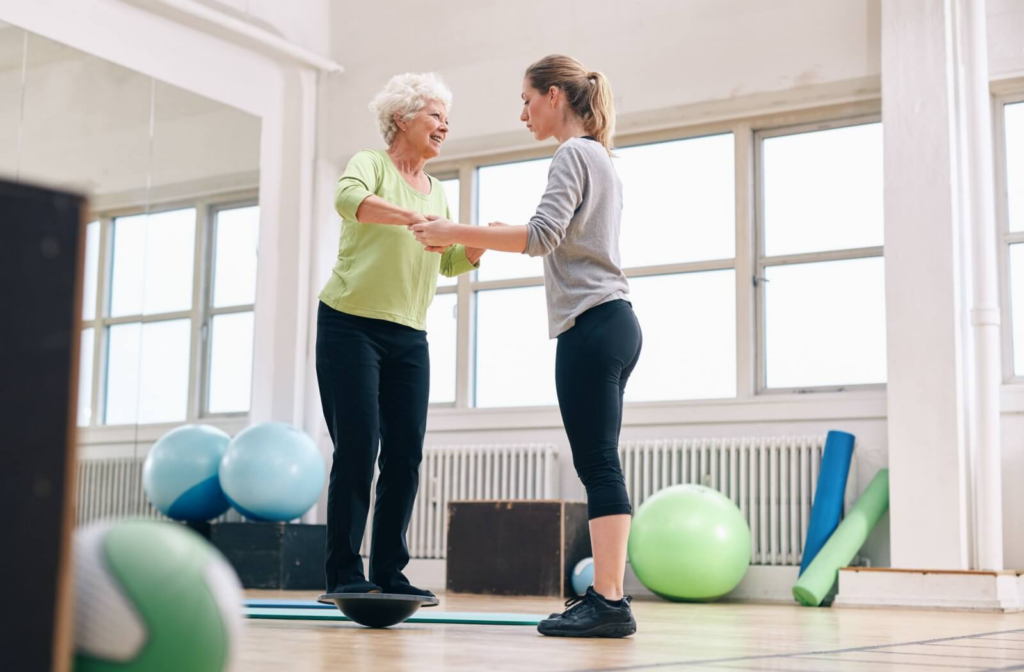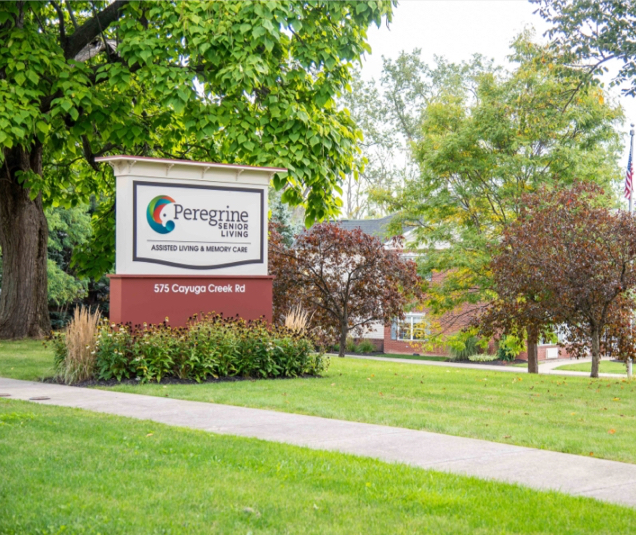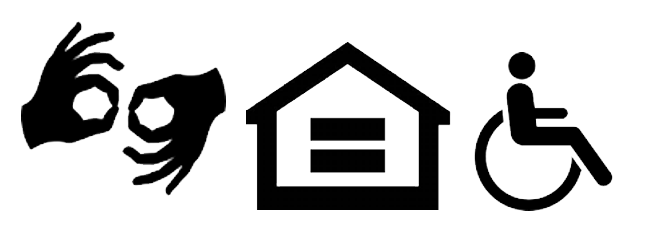Falls can pose a serious health challenge for older adults, impacting their independence, health, and quality of life. Each year, millions of people experience falls that can have life-altering consequences. Senior living communities play a crucial role in preventing falls by implementing comprehensive strategies, including tailored safety measures and fall prevention programs.
These efforts go far beyond basic precautions, creating safer environments for residents. By understanding these approaches, families can make informed decisions to ensure their loved ones’ well-being and safety.
Key Takeaways
- Falls can have significant impacts on health and quality of life, especially for seniors, but they are preventable with the proper measures in place.
- Senior living communities prioritize safety through customized fall prevention programs and thoughtful environmental adjustments to reduce risks.
- Focusing on proactive care and prevention fosters a safer, more secure environment for residents, empowering them to live with peace of mind.
What Do the Numbers Tell Us About Senior Falls and Risk?
The statistics surrounding senior falls paint a sobering picture. According to the Centers for Disease Control and Prevention, one in four adults aged 65 and older falls each year. More than 95% of hip fractures are caused by falling, and falls are the leading cause of traumatic brain injury among older adults.
Several factors contribute to increased fall risk as we age. Physical changes like decreased muscle strength, balance issues, and vision problems create natural challenges. Medications can cause dizziness or drowsiness. Environmental hazards in homes—loose rugs, poor lighting, or cluttered walkways—compound these risks.
Cognitive changes, including those associated with dementia, can significantly impact spatial awareness and judgment, further increasing fall vulnerability.
Why Does Fall Prevention for Seniors Matter So Much?
Falls can have life-changing consequences, impacting not just physical health but also emotional well-being and independence. Here’s a breakdown of the key challenges falls can bring:
- Physical injuries: Falls often result in broken bones, head trauma, or soft tissue damage, requiring extensive rehabilitation and recovery.
- Psychological impact: Many seniors develop a fear of falling, leading to reduced activity, social isolation, and faster physical decline. This fear can create a cycle of weakness and balance issues, increasing the risk of future falls.
- Family strain: Falls can cause emotional and financial stress for families, often sparking difficult discussions about independence and long-term care.
Preventing falls is crucial to maintaining quality of life and independence. Understanding these risks is the first step toward proactive solutions.
How Do Senior Living Communities Create Comprehensive Fall Prevention Programs?
Senior living communities approach fall prevention through multiple interconnected strategies that create layers of protection and support.
Environmental Modifications
These communities design their physical spaces specifically with fall prevention in mind. Hallways feature appropriate lighting levels and handrails. Flooring materials provide good traction while remaining comfortable for walking. Bathrooms include grab bars, walk-in showers, and raised toilet seats as standard features.
Common areas are arranged to promote safe navigation, with clear pathways and minimal obstacles. Emergency call systems ensure help is always within reach when needed.
Therapeutic and Supportive Services
Professional staff members conduct regular assessments to identify individual fall risk factors. Physical therapists design personalized exercise programs that address strength, balance, and mobility challenges. Occupational therapists help residents adapt daily activities to reduce fall risks while maintaining independence.
Regular medication reviews ensure that prescriptions aren’t contributing to fall risk through adverse interactions or side effects. Vision and hearing screenings help identify changes that could affect safety.
Technology and Monitoring
Many communities incorporate technology solutions like wearable devices that can detect falls and automatically summon help. Smart home features may include motion-sensor lighting that activates automatically during nighttime trips to the bathroom.
Some communities use monitoring systems that can identify changes in mobility patterns or gait that might indicate an increased risk of falls, allowing for proactive interventions.
Creating a Culture of Safety
Staff training ensures that all team members understand fall prevention strategies and can identify potential risks. Regular safety rounds identify and address environmental hazards quickly.
Education programs help residents, and their families understand fall risks and prevention strategies, empowering everyone to participate actively in maintaining safety.
How Does Peregrine Senior Living Reduce Fall Risks?

At Peregrine Senior Living at Cheektowaga, fall prevention is a key part of their commitment to safety and independence. Through The Peregrine Way®, we provide personalized, comprehensive care tailored to each resident’s needs.
- Personalized care plans: Individualized plans address each resident’s unique fall risk factors with coordinated services.
- Safe yet homelike environment: Thoughtfully designed spaces reduce hazards while maintaining a comfortable, homelike atmosphere.
- Specialized staff training: Professional staff are trained in fall prevention strategies to ensure residents’ safety.
- Wellness programs: Programs focus on improving strength, balance, and overall physical function to reduce fall risks.
- Memory care support: Specialized strategies and environmental modifications support residents with dementia or cognitive changes.
By prioritizing fall prevention, Peregrine Senior Living fosters a safe, supportive community where residents can thrive with confidence and independence.
Taking the Next Step Toward Safety
Fall prevention is a top priority at Peregrine Senior Living at Cheektowaga, where we go beyond the basics to address all the factors that increase fall risk among older adults. Through thoughtful environmental design, advanced therapeutic services, innovative technology, and a strong commitment to safety, we empower residents to stay independent and secure.If you’re concerned about fall risks for yourself or a loved one, contact us today to book a tour and experience firsthand how our proactive approach to fall prevention makes us a trusted leader in senior care.












Thank you to Tyshawn from the Wounded Warriors Project for visiting our community and giving such a heartfelt presentation. We truly appreciate you taking the time to share your message with our residents. ... See MoreSee Less
0 CommentsComment on Facebook
Pictures from our last craft show. The vendors are so creative! ... See MoreSee Less
1 CommentsComment on Facebook
Every person carries a lifetime of memories, passions, and dreams. Those stories deserve to be celebrated.
Through The Peregrine Way, we honor each resident’s individuality by creating meaningful experiences that nurture mind, body, and spirit. Whether it’s rekindling a lifelong hobby, connecting through music, or simply sharing conversation over coffee, every day is a chance to live with joy and purpose.
We don’t just care for residents, we walk alongside them, helping every story continue with dignity, laughter, and love. 💗
peregrinecheektowaga.com/ ... See MoreSee Less
0 CommentsComment on Facebook
Let's Go Buffalo! ... See MoreSee Less
0 CommentsComment on Facebook
Congratulations to Danny, our Employee of the Month, and Jeanine, our Peregrine Proud winner! Keep up the amazing work. ... See MoreSee Less
4 CommentsComment on Facebook
We have a few squares left for the game on Sunday! Send us a message if you'd like to buy a square! ... See MoreSee Less
0 CommentsComment on Facebook